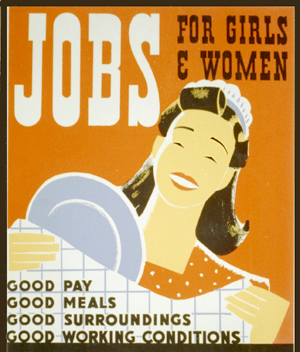
I have been reading Daniel Kahneman’s Thinking Fast and Slow. I am hoping it will help me think more clearly and become more aware of how I process information.

Kahneman, distinguished scholar in psychology and economics, has been studying how we reason. His basic insight is that there are two systems at work when we make a judgment. He calls them system 1 and system 2.

Basically when we respond instinctively and quickly, system 1 is at work. It helps us make snap judgments, assess a situation quickly for danger or safety, stuff like that.
System 2 is engaged when we reason about something, ponder it, and then draw conclusions. This system is the slow one.
Having introduced these ideas, he proceeds to show how easy it is to come to incorrect conclusions and assumptions.

I’m about a quarter of the way into the book. At this point he is demonstrating quite effectively how we often answer a different (easier) question when confronted with a difficult question.
Specifically how when asked how probable something is, we answer how plausible something is.
He discusses several classic experiments. One of them is the Linda experiment. Kahneman and his colleagues invented a fictitious person and named her Linda. Here’s the experiment.
First participants in the study were given this description of Linda:
“Linda is thirty-one years old, single, outspoken, and very bright. She majored in philosophy. As a student,she was deeply concerned issues of discrimination and social justice, and also participated in antinuclear demonstrations.”
Then they were asked how probable the following statements would be concerning Linda:
Linda is an elementary school teacher.

Linda works in a bookstore and takes yoga classes.

Linda is active in the feminist movement.

Linda is a psychiatric social worker.

Linda is a member of the League of Women Voters.

Linda is a bank teller.

Linda is an insurance salesperson.

Linda is a bank teller and is active in the feminist movement.

After pointing out how dated this experiment sounds (the experiment was done in the 80s), Kahneman proceeds to report on the way the subjects reasoned about Linda.
Unsurprisingly, most people thought it was probable that Linda is an active feminist (again a dated description), or works in a bookstore and takes yoga classes, but not as likely to be a bank teller or an insurance salesperson.
But the revealing comparison was in the two descriptions about Linda as a bank teller. Is it more probable that Linda is bank teller or that she is a bank teller and is active in the feminist movement?
A plausible, more coherent story would lead one to see Linda would be more likely to be a bank teller and also active in the feminist movement. This is plausible but not probable.
There are more bank tellers than bank tellers who are active feminists. So it is more probable that Linda of the description (which adds a layer of coherence and plausibility) is a bank teller than that she is a bank teller who is a feminist.

I love this. And it’s helpful when thinking about judgments, especially political and social ideas.
Kahneman says early in the book that one of his main goals is to change the tone of casual conversations around the water cooler where people are spouting opinions and judgments.
I like to think that’s an achievable goal. But in this day of emotional fervor and lack of logic, maybe not.